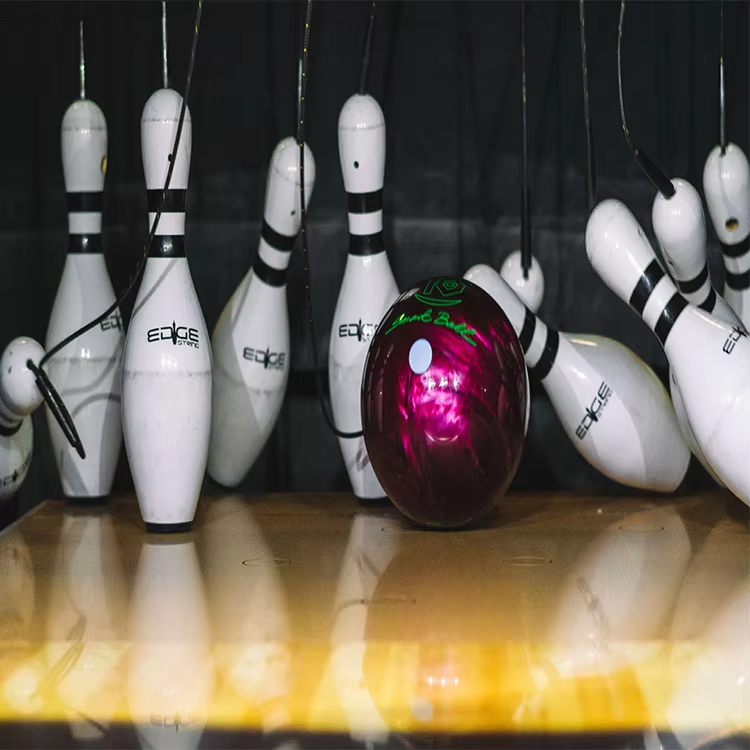Introduction to String Pin Bowling
String pin bowling is an exciting variation of traditional bowling. It combines familiar gameplay with unique equipment and rules.
What is String Pin Bowling?
String pin bowling uses pins connected by strings to automate pin resetting. The strings are attached to the tops of the pins and guided back into place by a mechanical system after each roll. This variation is gaining popularity for its technological innovation and streamlined setup process.
Unlike regular bowling, the pins do not move as freely due to the strings. However, gameplay follows similar rules, ensuring accessibility for players of all skill levels. String pin bowling focuses on precision, strategy, and adaptability, making it an intriguing option for competitive and casual bowlers alike.
Differences Between Regular and String Pin Bowling
String pin bowling differs from traditional bowling in several key aspects:
- Pin Connection: Traditional bowling pins are free-standing, while string pins are tethered.
- Pin Resetting: String pin technology automates resetting, saving time between rolls.
- Pin Movement: The strings slightly limit pin motion, affecting gameplay strategies.
- Cost Efficiency: String pin setups are cheaper and require less maintenance, appealing to bowling centers.
While both versions require similar skills, string pin bowling challenges players to adapt their techniques. Players must account for limited pin motion and unique behavior when aiming for strikes and spares.
String pin bowling offers a fresh perspective on the game while remaining deeply rooted in the traditional bowling experience. Whether you’re new to the sport or a seasoned pro, string pin bowling promises a fun and dynamic challenge.
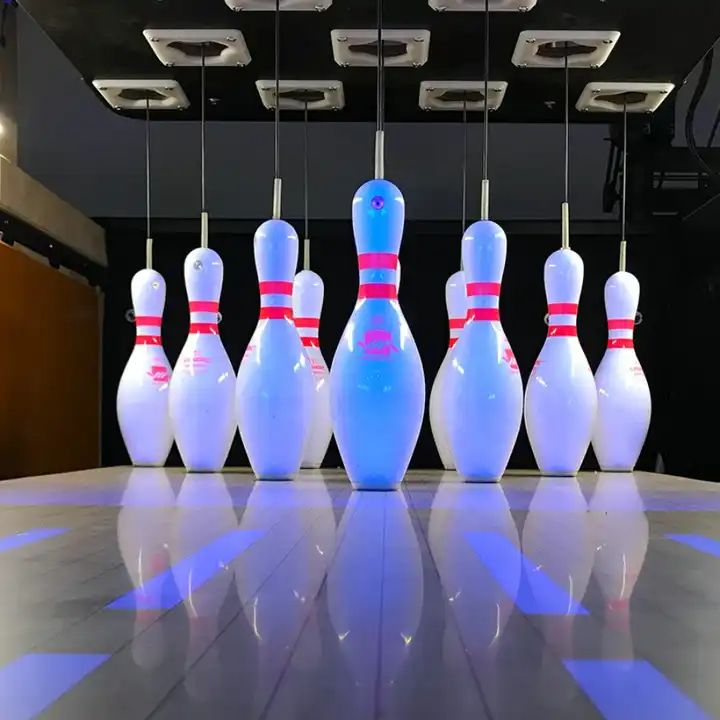
Equipment and Setup for String Pin
Understanding the equipment and setup is key to enjoying string pin bowling. Both beginners and seasoned players should know about the pins, strings, and lane specifications.
Bowling Pins and Strings
String pin bowling features unique pins connected by strings at their tops. These strings control pin movement and assist in resetting after each roll. Unlike traditional free-standing pins, string pins return to their designated positions automatically, improving efficiency.
The strings slightly limit pin motion. This impacts pin scatter and the way they interact during gameplay. Players need to adjust their strategies to account for this controlled movement. On one hand, it reduces random pin falls; on the other hand, it rewards precision.
In terms of equipment, string pin setups are more cost-effective for bowling centers. This affordability comes from the reduced maintenance needed for string systems compared to traditional pin resetting machinery. For players, the game remains accessible and enjoyable without requiring any additional equipment.
Bowling Lanes and Specifications
Bowling lanes for string pin bowling use similar dimensions as traditional lanes. The approach area, gutter width, and overall lane length adhere to standard specifications. This consistency allows players to transition easily between both forms of bowling.
However, some string pin setups may slightly adjust the pin deck. These adaptations ensure smoother string operations. Despite this, the gameplay experience remains largely similar. Players should focus on their throw technique and anticipate how the strings influence pin action.
While practicing, bowlers should take note of lane conditions. Oil patterns, lane friction, and pin behavior may vary between facilities. Adapting to these nuances is vital for improving performance in string pin bowling. In essence, knowing your lane and equipment can boost your game significantly.
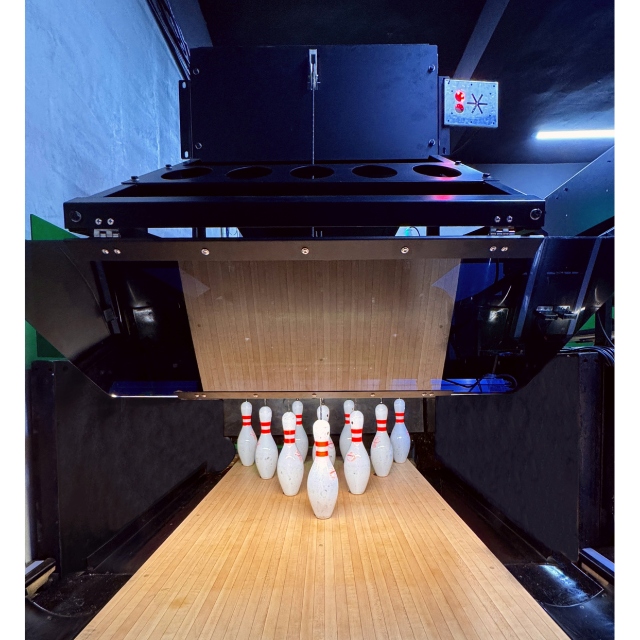
Key Techniques for String Pin Success
Mastering string pin bowling requires specific techniques and adjustments to improve your gameplay. Understanding how to adapt your throw, secure consistent strikes, and effectively pick up spares are essential skills for success in this unique variation of bowling. Below, we outline actionable strategies to enhance your performance.
Adjusting Your Throw for String Pins
Throwing the ball effectively is critical in string pin bowling. With pins tethered by strings, movement patterns differ from traditional setups. Follow these tips to refine your throw:
- Focus on Precision: Limited pin movement means accuracy matters more than raw power.
- Control Your Spin: Use controlled spins to guide the ball effectively and target specific pins.
- Experiment with Angles: Bowling at slightly different angles can help gauge how pins react.
Remember, the strings may limit pin scatter but reward intentional and targeted throws.
How to Achieve Consistent Strikes
Getting strikes in string pin bowling requires understanding pin behavior and adapting your approach. Here’s how to improve your consistency:
- Aim for the Pocket: Target the space between the front pin and its neighbor to increase strike chances.
- Maintain Ball Speed: Ensure your ball speed is steady for predictable pin reactions.
- Analyze Pin Collisions: Observe how pins interact post-impact and tweak your alignment accordingly.
Consistency comes from practice. Repeating effective movements helps build muscle memory and confidence.
Tips for Picking Up Spares in String Pin Bowling
Picking up spares often determines your score in string pin bowling, especially with altered pin behavior. Use these strategies to master spare conversions:
- Know Your Pin Placement: Pay attention to where the strings reset the pins after each roll.
- Use Angled Shots: Approach spare configurations with sharp angles to improve accuracy.
- Adjust for Pin String Motion: Incorporate small adjustments based on how tightly the pins are tethered.
Practicing split shots and multi-pin setups will increase your adaptability and overall performance.
By combining precision, strike strategies, and effective spare techniques, you can excel in string pin bowling regardless of your skill level.
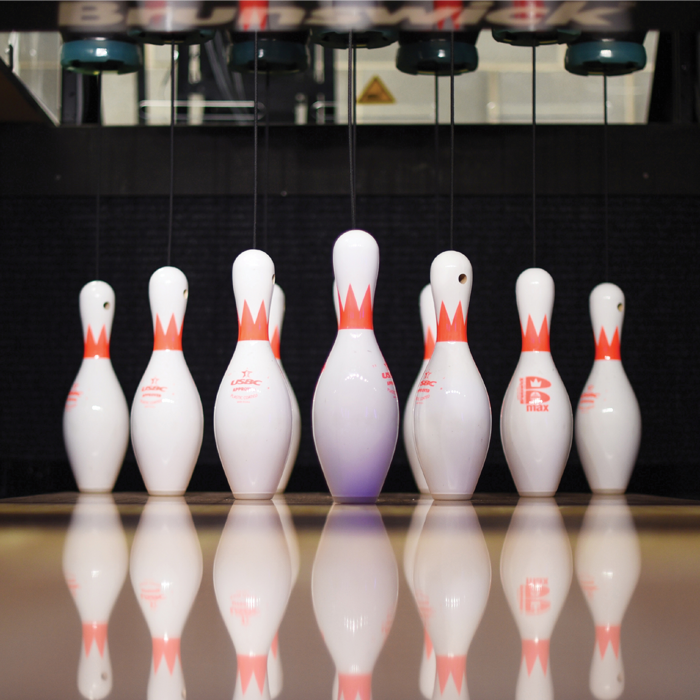
String Pin Strategies and Practices
Mastering string pin bowling involves techniques that combine analysis, adaptability, and mental focus. Here are three crucial strategies that enhance gameplay and improve your performance.
Learning the Right Angles and Approaches
Angles and approaches play a significant role in string pin bowling success. Adapting your delivery style ensures a better handle on pin behavior, which is often influenced by the restricted pin movement caused by the strings. Here’s how to improve:
- Experiment With Ball Angles: Test different ball paths to find the best trajectory for hitting the pocket.
- Aim for Control: Focus on delivering the ball with balance for accuracy, rather than relying on force.
- Practice the Hook Shot: A controlled hook shot can make it easier to hit critical targets consistently.
Fine-tuning your angles allows you to minimize pin scatter and maximize your scoring chances.
Adapting to Lanes and Pins Behavior
String pin lanes may differ slightly from standard setups, requiring adaptability:
- Analyze Lane Conditions: Assess oil patterns and surface friction before starting the game.
- Adjust for String Dynamics: The attached strings alter how pins respond—factor this into your strategy.
- Track Pin Sets: Learn how pins reset after each roll and plan your shots accordingly.
A flexible approach ensures you can handle varying conditions effectively. Consistent observation helps you adjust quickly, improving your game.
Mental Strategies for Bowling Performance
Bowling isn’t just physical; mental preparation is equally important. Develop focus and resilience to maintain performance under pressure.
- Stay Focused on Every Roll: Concentrate on one frame at a time to avoid overthinking.
- Visualize Success: Picture your ideal shot before executing it to build confidence.
- Stay Calm After Mistakes: Avoid frustration after errors; focus on the next opportunity.
Building mental strength enables you to stay composed and make better decisions during the game.
By combining the right angles, adapting to changing conditions, and focusing your mind, you can elevate your skills in string pin bowling. Mastering these strategies takes practice but pays off with improved results.
Benefits and Challenges of String Pin
String bowling presents both unique advantages and obstacles for players and bowling centers alike. Understanding these aspects can help enthusiasts and operators appreciate its growing role in the world of bowling.
Why String Pin is Gaining Popularity
String pin bowling has attracted significant attention due to its distinctive features and practicality:
- Cost Efficiency: Bowling centers benefit from reduced maintenance and operational costs thanks to automated pin resetting.
- Technological Innovation: Modern string pin setups streamline the game, improving efficiency for players and facility owners.
- Scalability: The automated resetting mechanism simplifies installation, making it ideal for smaller venues.
- Accessibility: The gameplay retains traditional bowling’s core appeal, ensuring enjoyment for all skill levels.
These factors make string pin bowling an appealing option for casual and competitive players, boosting its popularity worldwide. The mix of affordability, innovation, and fun paves the way for its expanded adoption.
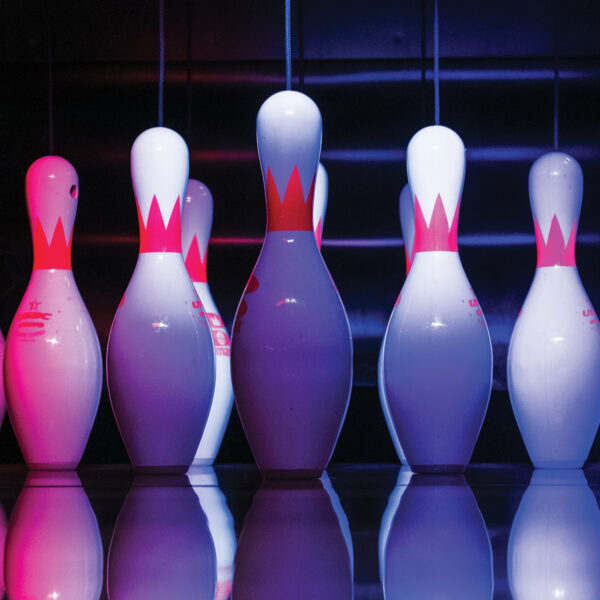
Common Challenges and How to Overcome Them
Although it has advantages, string bowling brings unique challenges:
- Restricted Pin Movement: Tethered pins limit motion, altering pin scatter and making strikes less predictable.
- Solution: Players should focus on precision and develop targeted throwing techniques to counter limited motion.
- Learning Curve: The strings change pin behavior, requiring bowlers to adapt their strategies.
- Solution: Practice frequently to understand string dynamics and how pins reset after rolls.
- Lane Variability: Oil patterns and pin deck setups differ slightly from traditional lanes.
- Solution: Analyze lane conditions before games and adjust throwing angles as needed.
- Initial Skepticism: Traditionalists may initially resist the idea of tethered pins.
- Solution: Highlight string bowling’s benefits, like cost savings and accessibility, to address misconceptions.
By addressing these challenges with focused strategies, bowlers and operators can fully enjoy and maximize the potential of string pin bowling.
How to Improve Your Skills in String Pin
Improving your string pin bowling skills requires consistent practice, observing techniques, and engaging in competitive play. Developing accuracy, adapting to different setups, and learning from seasoned players can make a considerable difference in your performance.
Practice Drills for Precision and Control
Practicing focused drills is essential to refine your technique and improve control. Here are some effective drills:
- Target Specific Pins: Aim at individual pins to enhance precision and improve targeting accuracy.
- Change Angles: Practice delivering the ball at different angles to understand pin reactions.
- Work on Ball Speed: Maintain steady ball speed to achieve predictable outcomes during gameplay.
- Simulate Spares: Set up common spare scenarios and practice resolving them with angled shots.
Regular practice enhances muscle memory and confidence, ensuring better performance over time.
Watching and Learning from Professionals
Observing skilled players can provide valuable insights into advanced techniques. Analyze the following aspects as you watch:
- Throwing Style: Note how professionals control spin and impact for consistent strikes.
- Pin Interaction: Study how pins behave post-hit to understand movement patterns.
- Adaptation: Learn adjustments made for varying lane setups and pin resets.
- Mental Focus: Observe how players maintain concentration and recover from setbacks during games.
Videos of professional games and live tournaments are excellent resources for skill improvement.
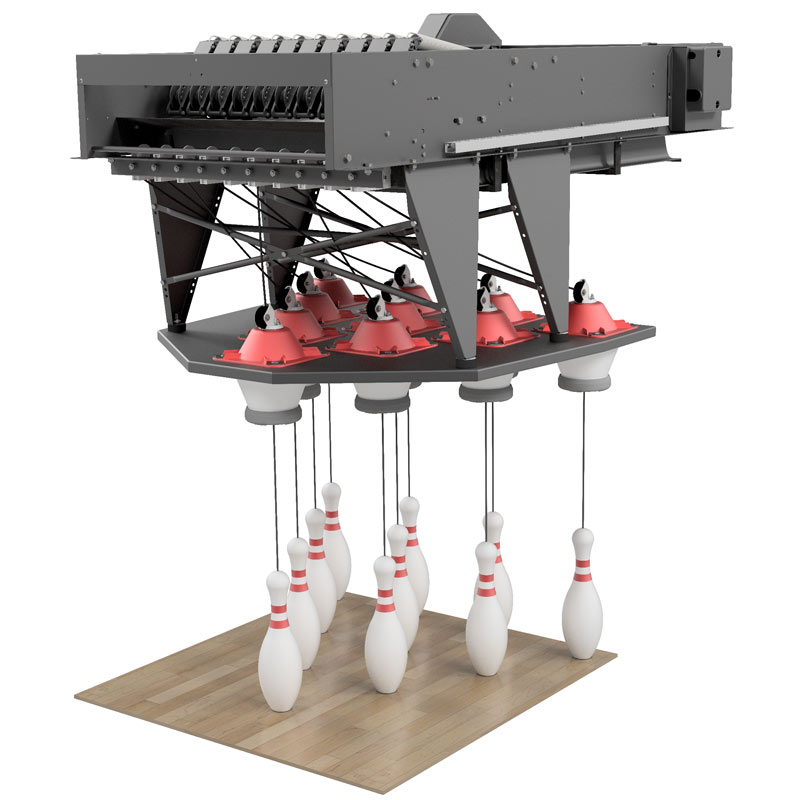
Joining Leagues and Tournaments
Participating in leagues and tournaments offers practical experience and challenges. Benefits include:
- Competitive Edge: Face diverse opponents to test your skills and strategies.
- Feedback Opportunities: Receive advice and tips from experienced players during games.
- Skill Refinement: Play consistently to sharpen your techniques under different conditions.
- Community Engagement: Connect with fellow enthusiasts to share knowledge and grow together.
Leagues and tournaments encourage continuous learning and expose you to varied gameplay scenarios. They are an excellent way to maximize improvement in your string pin bowling journey.
String Pin Bowling FAQs
Common Questions About Gameplay and Rules
String pin bowling often raises questions among new and experienced players. Below, we address some common concerns to clarify this unique version of bowling:
- How are pins reset in string bowling?Pins are connected by strings and reset automatically by a mechanical system after each roll.
- Are the rules different from traditional bowling?The general rules remain the same, including scoring, but strategies may need adjustments.
- Does string bowling require special equipment?No, players use standard bowling balls, and the pins are the only modification.
- Can you achieve strikes like in regular bowling?Yes, but pin motion is slightly limited, so precision takes precedence over power.
- Is string bowling suitable for all skill levels?Absolutely, it’s accessible to beginners while challenging enough for experienced players.
Understanding these key aspects ensures a smooth transition into string bowling.
Misconceptions About String Pin
String pin bowling, though similar to traditional bowling, has sparked some misconceptions. Let’s debunk a few:
- Pins are fixed and immobile.While tethered, pins can still fall and collide, but movement is influenced by the strings.
- String pin isn’t a true form of bowling.This version retains core gameplay principles, focusing on skill, strategy, and precision.
- You can’t get high scores.High scores are achievable with adjusted techniques, as the key lies in accuracy and focus.
- It’s only for casual players.String bowling is great for both casual games and professional-level challenges.
By addressing these misconceptions, players can better appreciate the unique experience of string pin bowling.
